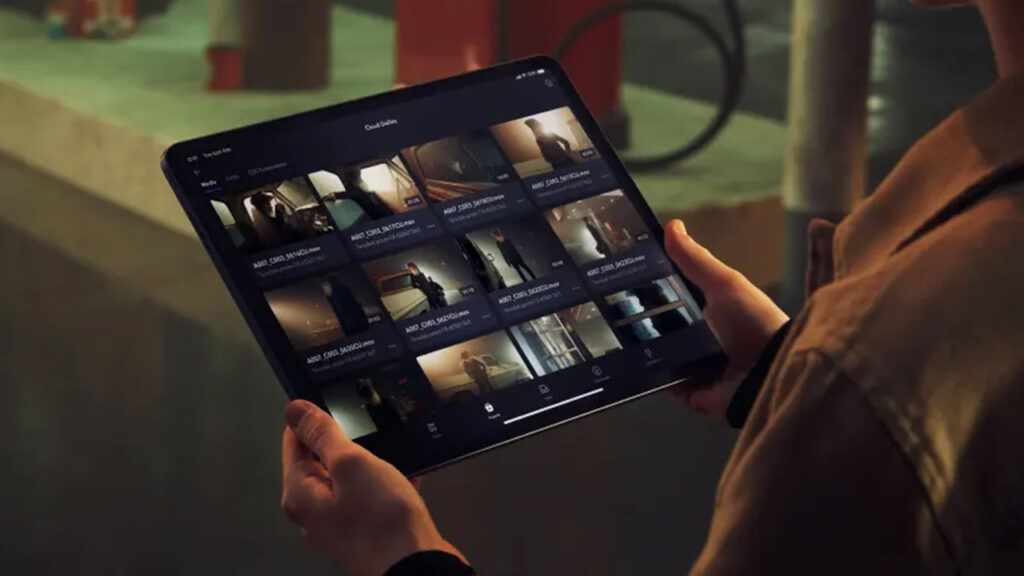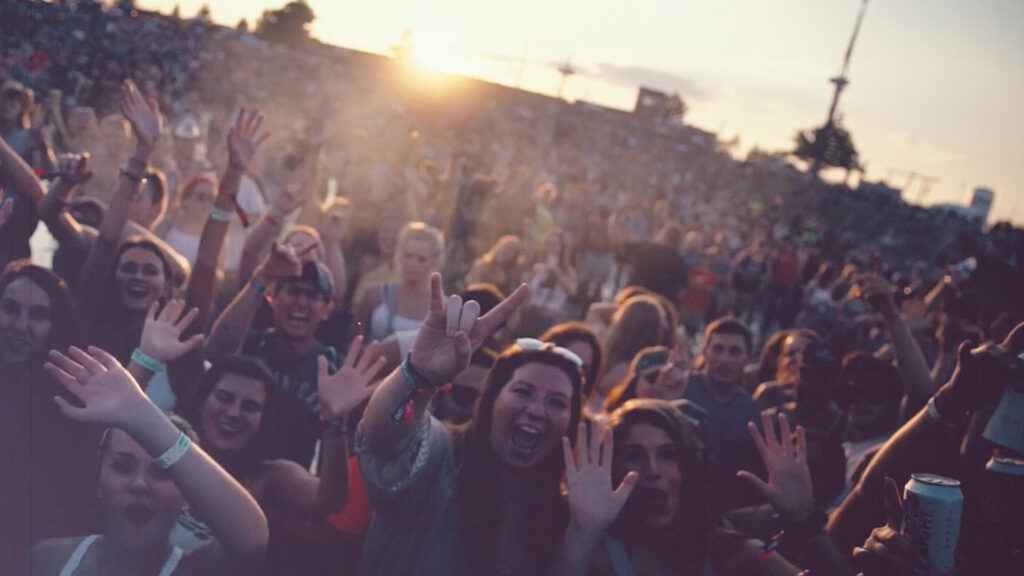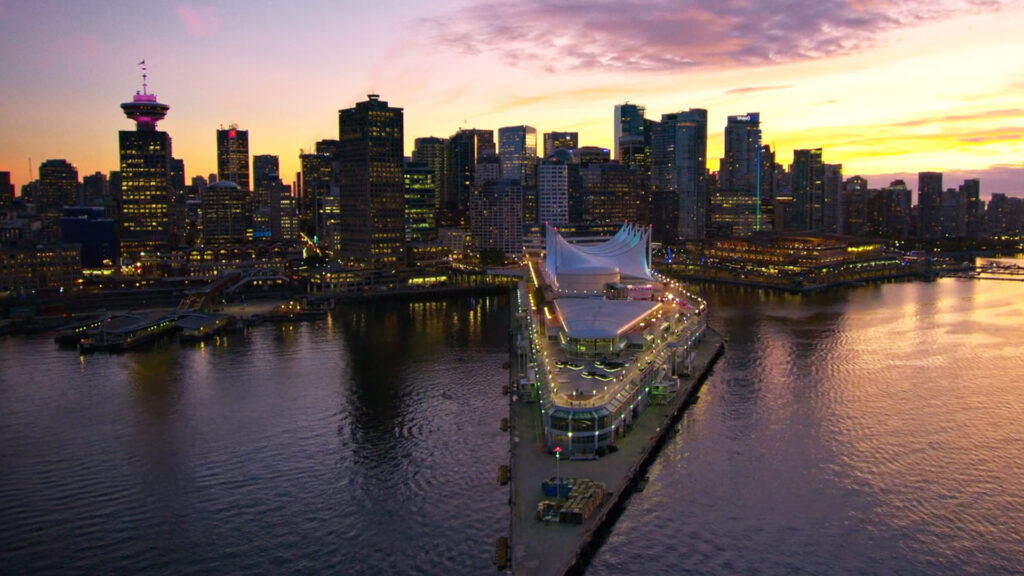01 —The old story used to go something like this:
We shoot. The digital footage needs a place to go, so we dump the cards on a solid state drive. Depending on the amount of footage and the cameras used to capture it (RED Cameras are not strangers on our sets), it could take anywhere from fifteen minutes to an hour, and there’s rarely just one card. A nice guy on set, stuffed into a corner like a gremlin, (although they usually prefer to be referred to as Digital Imaging Technician) typically handles this end of things. From there, the DIT backs up the footage and transfers it to our servers. Now are we ready to edit? Nope. The files are monsters that would blow a hole through the side of your grandpa’s PC, so we need to create proxies (a small copy of the high-resolution footage) in order to allow a fast and efficient workflow. Unfortunately, creating the proxies is neither fast nor efficient. It often takes two to four hours for the whole lot, so we put them in the proxy oven and let em bake overnight. In the morning, after a total of four to six hours of footage dumping, backing, transferring, and proxying, we are finally ready to begin editing.

02 —The new story goes something like this:
We shoot. After each take, a proxy file is almost instantaneously created on our cloud servers, which is accessible to both the client, crew, and editor. Not hours or minutes, but seconds after hitting ‘stop’ on the camera, we can begin editing your project.
That’s it.
This almost too-good-to-be-true miracle is called Frame.io Camera to Cloud (C2C), a secure camera-to-cloud workflow that lets customers instantly upload and stream images from on-set camera to creative post-production teams, anywhere in the world. In addition to instant proxy uploads the moment cameras stop rolling, C2C can live-stream footage to a user’s device on or off set, allowing customers to watch production as it’s happening.

03 —C2C Benefits:
“Being able to bring clients, who are highly involved in the creative, on-set when they can’t physically be on-set, it’s literally a game-changer,” said Adam Kitter, producer-director at Barbershop Films.
Previously, reviewing a take meant stopping the production to have the DP playback the clip with no audio, no graphics or text, and no colour grading. Now with C2C, after we call “cut” or while the crew is resetting, we can review any take in real time, while an editor on the other side of the world (or room) is already working on the footage.
It makes collaboration simplified and streamlined. Having teams like the production designers and hair & MU, in addition to the clients and gremlins, able to review footage in near real-time means everyone can have creative input, allowing for important changes to be made on the fly. And, as any personal device or computer is capable of viewing on Frame.io, we will cut down significantly on accidental group-hugs around a single monitor.
— Fin.








